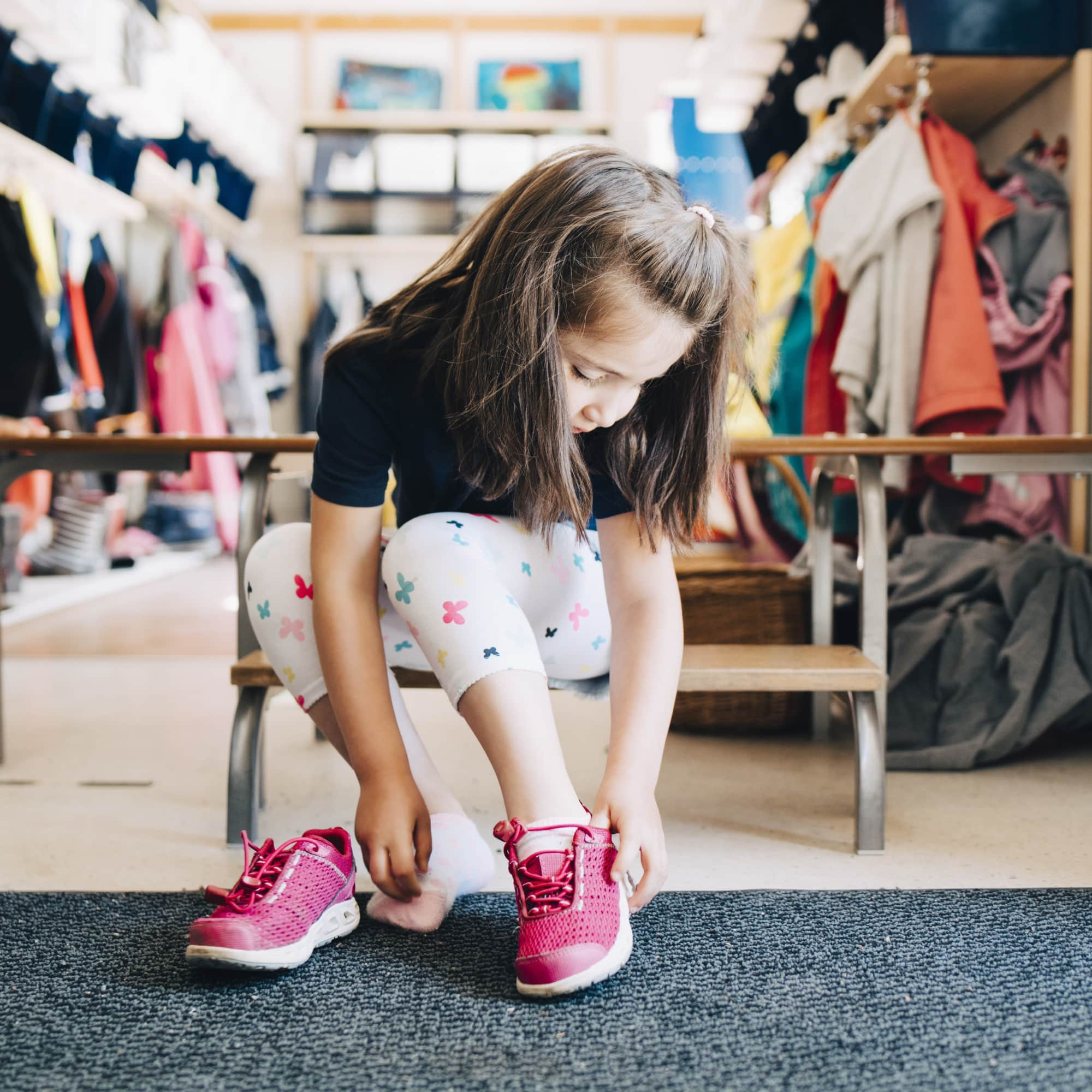
- POPSUGAR Australia
- Family
- This Flow Chart Outlines What Schools, Day Cares, and Summer Camps Must Do Before They Can Reopen
This Flow Chart Outlines What Schools, Day Cares, and Summer Camps Must Do Before They Can Reopen

The Centers For Disease Control and Prevention has issued a set of documents that provide guidelines on how schools, child-care centers, and summer camps can begin the process of reopening in the midst of the coronavirus. The purpose of these individualized flow charts – or “decision trees,” as the CDC noted – is to assist administrators in making the complicated decision to reopen when there are still risks of spreading COVID-19.
Only when a school, day care, or camp is able to meet every single one of these safeguards does the CDC believe they are ready to open.
The CDC recommendations are just that – they do not serve as requirements unless adopted by federal or state officials. However, these public-health safeguards have been requested by lawmakers, business owners, and educators alike to help guide their efforts. “It is important to check with state and local health officials and other partners to determine the most appropriate actions while adjusting to meet the unique needs and circumstances of the local community,” the CDC stated.
Although the CDC released a different three-phase document for each type of business and child-care program, they all follow similar benchmarks – namely that they must be “ready to protect children and employees at higher risk for severe illness” and that they must be able to screen them “upon arrival for symptoms and history of exposure.” If they can’t guarantee that those baseline standards will be met, they are advised not to open.
If they are equipped to do so, and if reopening is consistent with applicable state and local orders, they can move on to the next step of the CDC flowchart, which tackles whether recommended health and safety actions are in place. These include the promotion of “healthy hygiene practices such as hand washing and employees wearing a cloth face covering, as feasible,” and the intensification of cleaning, disinfection, and ventilation. They should also be able to effectively train all employees on these protocols beforehand and consistently encourage social-distancing efforts.
Related: How and When Will Schools Reopen? Experts Outline the Possible Scenarios
If the facilities are not able to do any of those guidelines, the CDC recommends they wait to reopen. If they can, they then must meet a final round of standards surrounding an infrastructure for “ongoing monitoring.” They must be able to develop and implement procedures to check for symptoms of potential past exposure on a daily basis, including encouraging anyone who is sick to stay home and to have plans for if employees or children get sick. And they must all “be ready to consult with the local health authorities if there are cases in the facility or an increase in cases in the local area.”
Only when a school, day care, or camp is able to meet every single one of these safeguards does the CDC believe they are ready to open. And if once open, any of these previously met benchmarks falters, the road map stipulates that they close and reassess.
Read on for a closer look at what these documents advise for schools, child-care facilities, and other youth programs, including camp.
CDC Guidelines For Schools
The CDC’s guidelines for schools serve as the default road map for other child-care organizations and businesses in that they have the least amount of specific action items. For example, in terms of social-distancing benchmarks, it merely states that they should be achieved through “increased spacing” and “small groups and limited mixing between groups.” It notes that administrators should monitor student and employee absences but institute “flexible leave policies and practices.” It’s also worth noting that this document only addresses schools that teach kindergarten through 12th grade and does not directly consider preschools or colleges and universities.
CDC Guidelines For Child-Care Centers
Day cares and child-care facilities are asked to follow the same protocols as those in place for schools but also, when it comes to social distancing, to “monitor distance between children not playing together and maintain distance between children during nap time.” It also recommends adjusting activities and procedures to limit sharing of items such as toys, supplies, and equipment. Day cares should have a pool of trained substitutes and also have a plan for a substitute caregiver if a provider or family member in the provider’s home gets sick. One benchmark not asked of schools? To “implement enhanced screening for children and employees who have recently been present in areas of high transmission, including temperature checks and symptom monitoring.”
CDC Guidelines For Summer Camps
Similar to day-care guidelines, children’s extracurricular programs and camps should adjust activities and procedures to limit sharing of items such as toys, supplies, equipment, and other personal belongings. For social-distancing efforts, the CDC advised increased spacing in the form of small groups and staggered scheduling, with different arrival and drop-off times. They are also tasked with implementing enhanced screening and temperature checks for children and employees who have recently been present in areas of high transmission.

